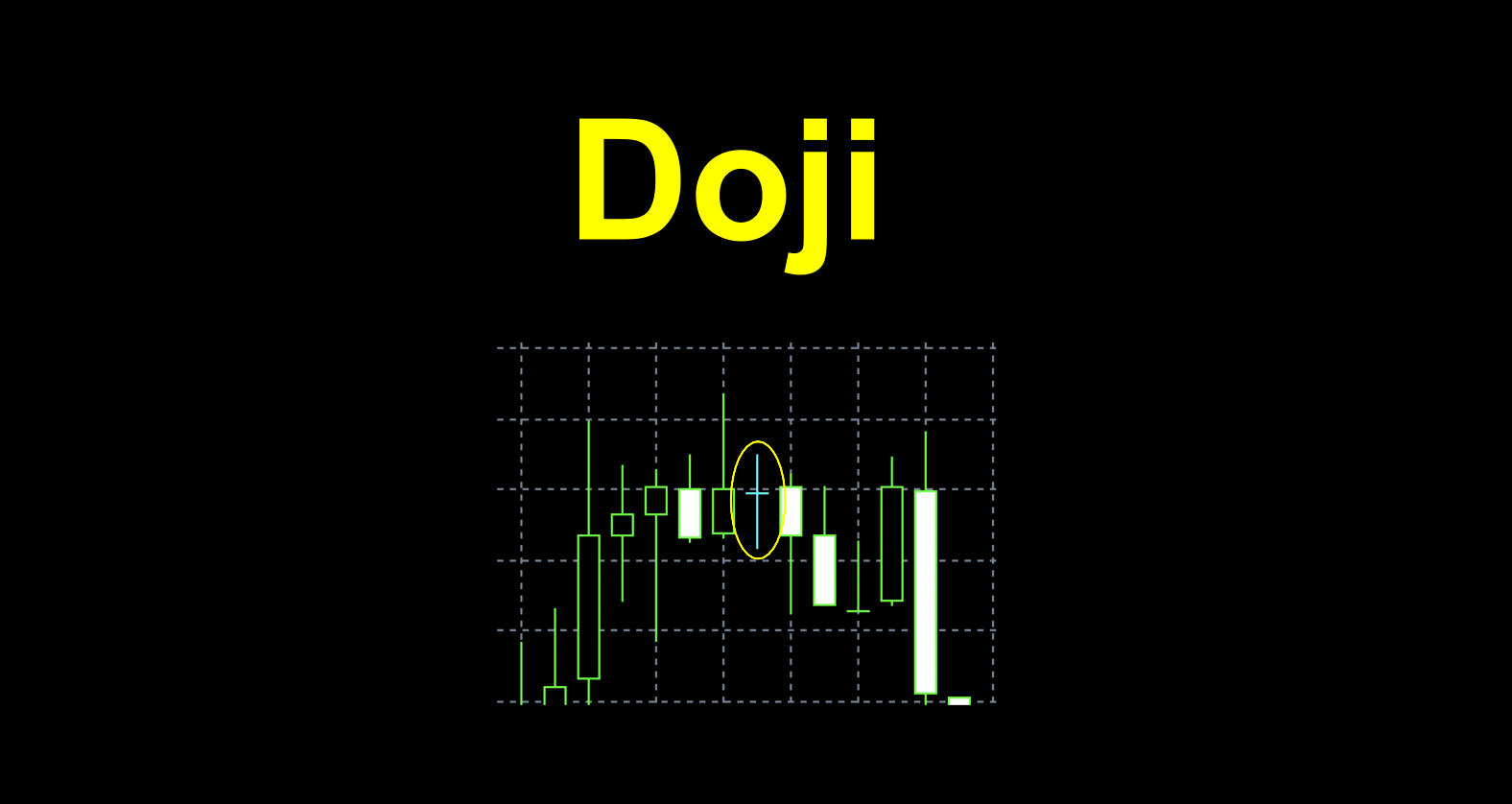Old stuff
We’re going to take a small Forex field trip to a place we don’t normally visit. That’s perfectly okay. We’ve received a few questions about a particular little thing called a “doji”. Some of you may know what it is, some not. We’ve decided to write about it because, strictly speaking, it is a technical component of our charts. But, we’ll back up a little, to get everybody on the same page.
Days of Yore
Back in the 18th century, Munehisa Homma, a Japanese rice trader, devised a visual method to describe the sentiment of the market called candlestick trading. As technical Forex traders, we really don’t care about sentiment since it’s not really a thing in Forex, but we should definitely understand the architecture of a candlestick.

What a Body
Before we go into the doji, let’s quickly review the parts of a candle. Below is a diagram illustrating a typical long and short candle.

Now that you’re fully acquainted with the candle, let’s look at specific types of candle called the “doji”. There are four different varieties:
Neutral: Dojis form when the opening and closing prices of Forex prices are equal, or nearly equal.

Long-Legged: This doji reflects a considerable amount of indecision about the future direction of the Forex pair’s price.

Gravestone: The long upper shadow (or wick) suggests that the direction of the trend may be changing (but, no guaranteed). It is formed when the opening and closing price of the Forex pair are equal and occur at the low of the period.

Gravestone: The long upper shadow (or wick) suggests that the direction of the trend may be changing (but, no guaranteed). It is formed when the opening and closing price of the Forex pair are equal and occur at the low of the period.

In Contextual Surroundings
Alone, the examples don’t really tell a story. Let’s see what they look like in context of price movement.
Neutral

Long-Legged

Gravestone

Dragonfly

The effectiveness of this particular type of technical analysis is disputed by the efficient-market hypothesis, which states that market prices are essentially unpredictable because new market data is always becoming available over time, therefore trying to anticipate what may happen is something nobody can predict with any real certainty.
MetaTrader4 Shenanigans
If you want to highlight the doji candle on your chart, there is a way. If you right-click (then click on “properties”), or tap F8, you’ll get the window which has the general appearance settings for your chart, as noted below.

The circled setting, “Line Graph” will highlight the doji candle. The default color is “Lime” (green), but we’ve changed it to “Aqua” to see it more clearly, as noted in the screenshot below.

Follow Them Rules
The bottom line is that we as NNFX traders develop an algorithm with RULES for a very specific reason. We strive to take the emotional aspect of trading out of the equation and rely on only what we see, so we can react accordingly. It’s totally fine to have an in-depth knowledge of different types of candles, but please don’t rely on them to make your trading decisions.
More Coming Your Way
We’ll keep on bring you fresh content in all aspects of trading Forex. Topics, which we feel, will help you ignore what is not helpful, and items which will help you become a profitable trader. Knowing more can only create an elevated degree of “chart awareness”, even though you may not necessarily find something useful, but having the knowledge is priceless.
Don’t Miss Anything
Don’t forget to sign up on our contacts page and subscribe to our YouTube channel. Receive early notifications as we continue to publish helpful, relevant, and informative Forex related material to support your quest to become a more profitable trader.
To become a more effective trader, consider taking our advanced course. You can access the content description HERE, and the course, HERE.
Our only goal is to make you a better trader.
BTW – Any information communicated by Stonehill Forex Limited is solely for educational purposes. The information contained within the courses and on the website neither constitutes investment advice nor a general recommendation on investments. It is not intended to be and should not be interpreted as investment advice or a general recommendation on investment. Any person who places trades, orders or makes other types of trades and investments, etc. is responsible for their own investment decisions and does so at their own risk. It is recommended that any person taking investment decisions consults with an independent financial advisor. Stonehill Forex Limited training courses and blogs are for educational purposes only, not a financial advisory service, and does not give financial advice or make general recommendations on investment.

